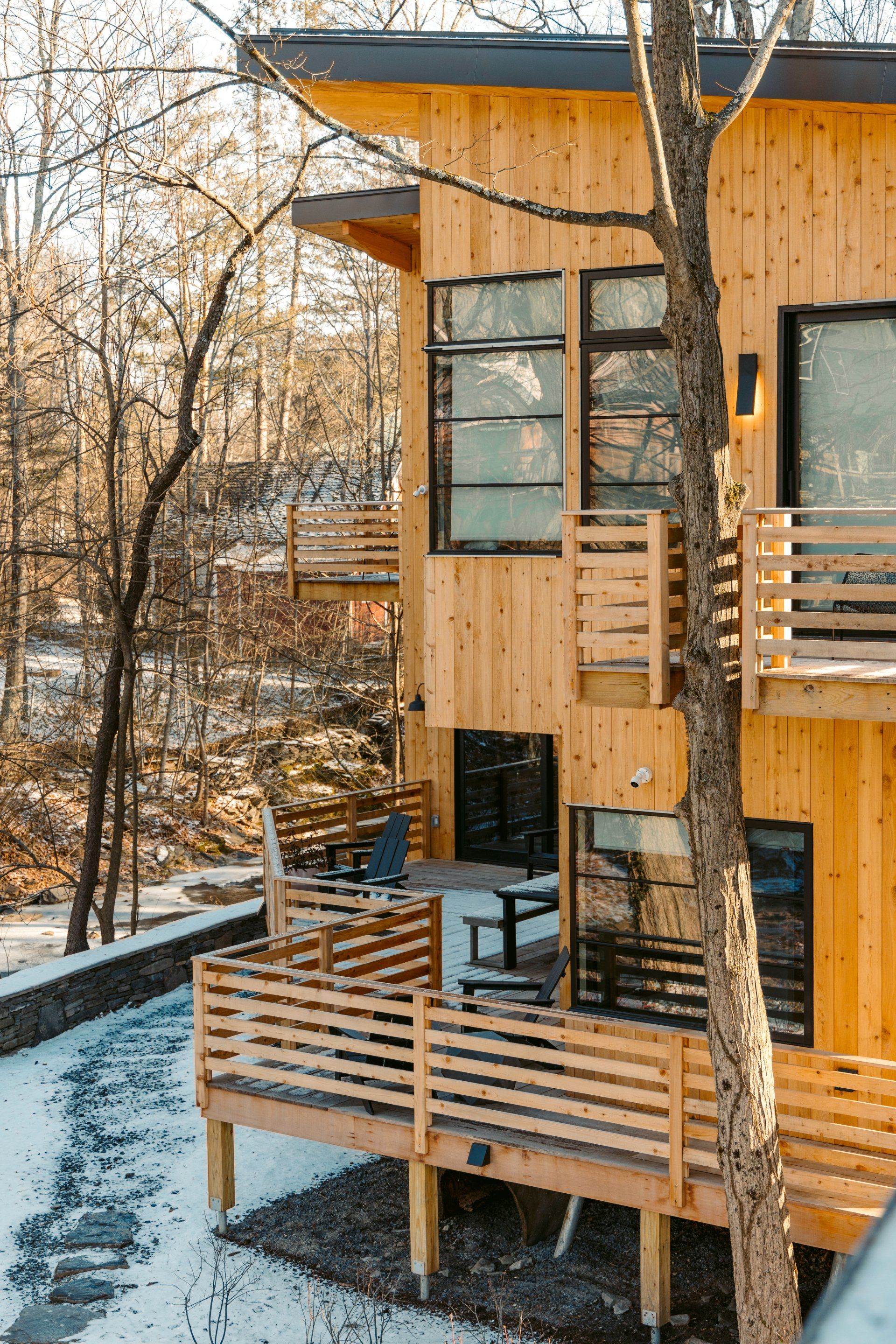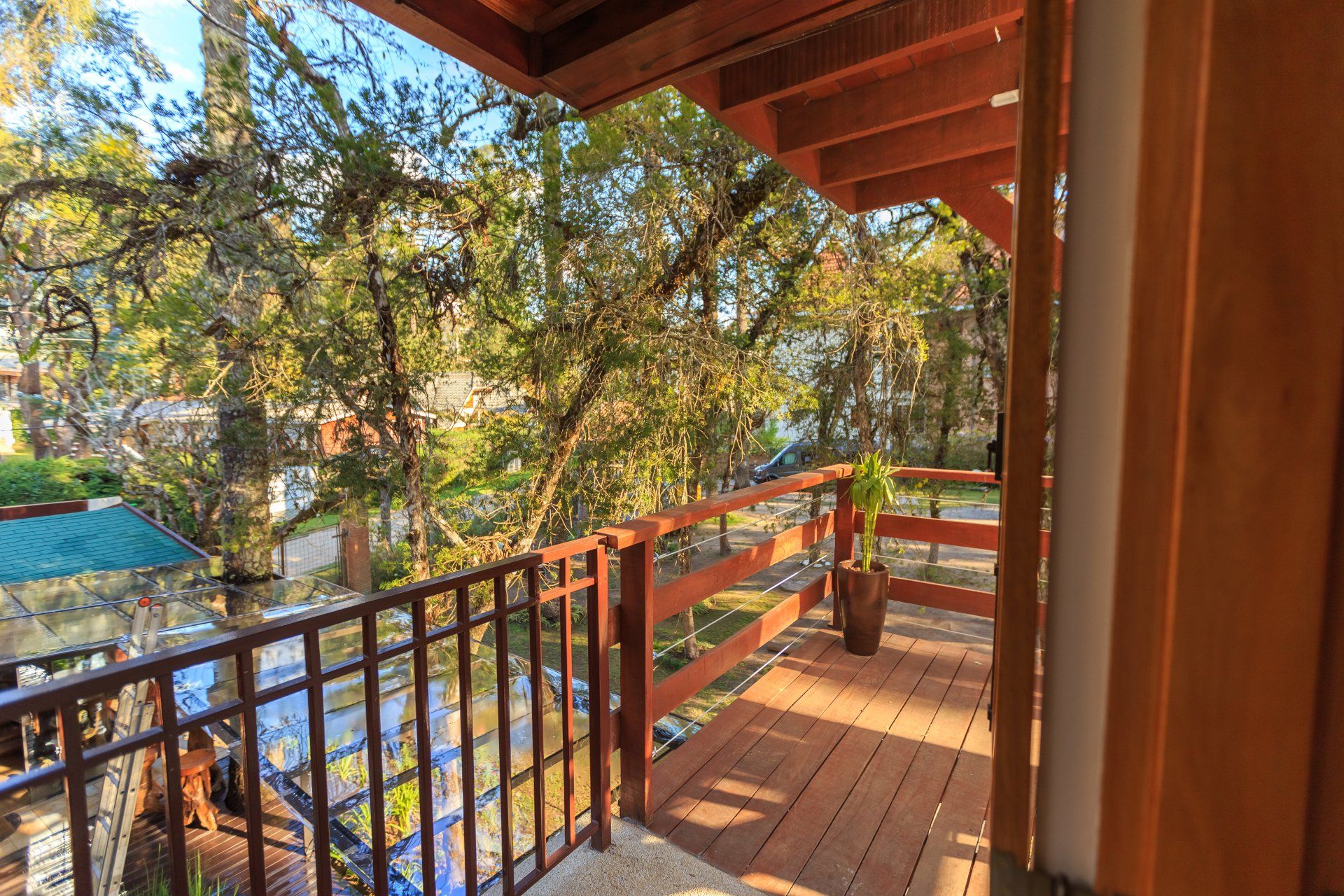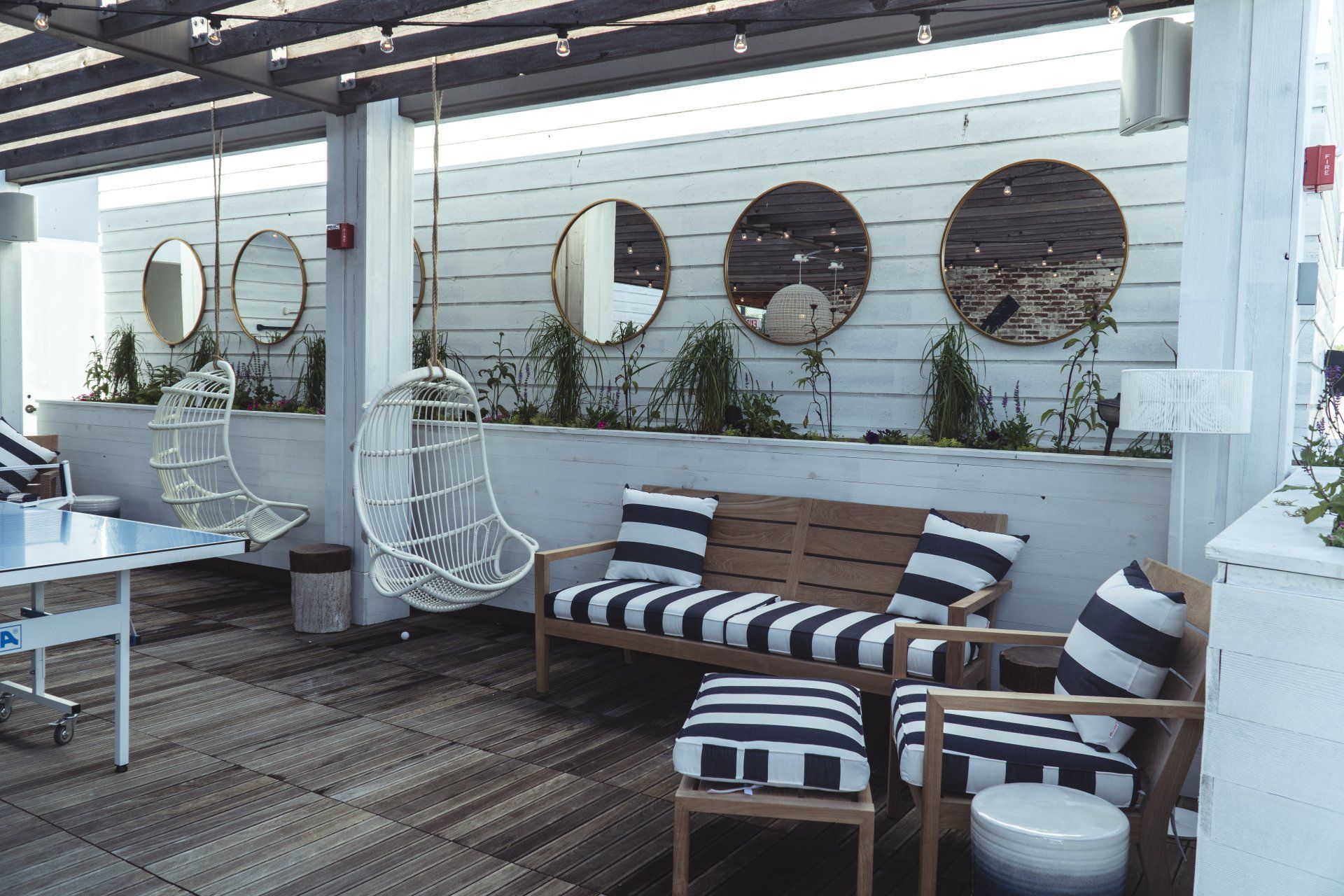Deck Construction Tips from the pros
Deck Construction Tips from the pros
Let your deck construction go quicker with these smart strategies from professionals. These tricks enable professionals to construct decks quickly and precisely.
Deck Building Step 1: Simplify joist hanging
The most efficient method to run deck joists, particularly when working on your own and having no other help, is to secure hangers for joists onto the ledger board prior to installing the joists. The trick is to place them at the appropriate level.
Cut the 2x4 according to the width of the joists (sometimes, the joists can differ in width by as much as 1/4 inches.). Attach both hanger flanges onto the ledger, leaving one side with approximately 1/16-inch gap so that the joist that is wet can move into position. When you've set your joists, make one notch in the bottom if your joist is too high or shim it if too low.
Deck Building Step 2: Accurate notching
The most exact method to cut the deck board around the post is to put it against the post, then transfer the location of the post directly onto the board. In determining the thickness of the notch, examine each side of the post. There is often an incline in the post, and the measurements don't match. Cut the notch out using a jigsaw.
Deck Building Step 3: Install space balusters using a jig
Carpenters are awestruck by tools because they make the work more efficient and speedier. This is a simple jig that can be useful when making rail sections. It sets the baluster on 3/8 inch wide rails and creates the spacing between them to be typically 4 inches or less. If you're attaching the balusters and posts, make sure to start from the middle so that the remaining space at each end is equal. Take the length of the entire thing prior to putting them in place. You can either begin with a baluster that is in the exact center or with an opening that is centered--whichever allows that space in between your previous baluster and post closest to the 4-in. max baluster width.
Deck Building Step 4: Hanging stronger stair stringers
Of about a half-dozen deck stairs hanging methods we've tried to use for 2x8 framing, this one is the most effective. Cut the stringers of 2x12 extra long and attach them to blocks between joists and to the joint itself if they're in parallel with the strings. If you are able, you can set the stair rise to 7-1/4 inch and your tread to 11 inches (two 2x6). Make sure to leave at least 3 1/2 inches of straight wood between the end of the stringer and the cutout with the largest depth.
Deck Building Step 5: Straighten a bowed deck board
However good your lumber provider is, the majority of your deck is bound to be bent. Straightening boards that are bowed are an essential component in the construction of decks.
Deck Building Step 6: Trim deck boards dead straight
The beauty lies in the little things. Utilizing a guideboard to guide your saw while you cut your decking will leave an edge that is sharper than what the most steady hand could make. Set up your guideboard. If you're using the 2x2 method as we did, look at starting from the opposite end and ensure that it is straight. Then, you'll need to cut the final two boards by hand. Draw the entire cut using the chalk line, and continue to move the saw in an even, straight motion.
Deck Building Step 7: Build a beveled cap for the post
The cap you place over your rails posts not only looks great to be a trim deck piece, but it also shields the fragile post's end grain from the elements. Caps for 6x6 typically have to be ordered separately; however, you can build your own out of 2x10 materials and avoid the hassle and cost. This jig is built out of 16-inch parts of framing 2x8 and 1/2-inch plywood. Set the plywood guide on the jig in relation to your circular saw takes some trial and error. Adjust it until the blade creates some light slits at one side of the cap. Attach the cap to the posts using construction adhesive and 3 inches finish nails that are galvanized.
Deck Builder Saskatoon Quote





